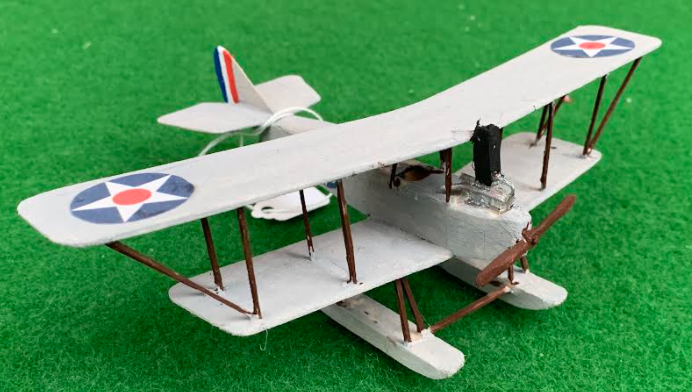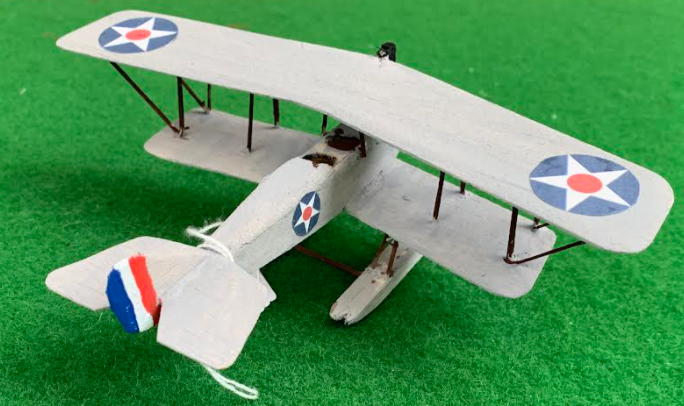STANDARD H2/H3 SERIES inc H-4-H variant
The Standard H-2 was an early American Army reconnaissance aircraft, first ordered in 1916 and designed by the Standard Aircraft Corporation. It derived from the Sloane H-2, an open-cockpit, three-seater tractor biplane. It was propelled by a 125 hp (90 kW) Hall-Scott A-5 engine. However only three prototypes were built for tests. This led to the next iteration of the H series, the improved H-3, which kept the engine. After succesful tests, this model gained an order of nine planes.
The US Navy was soon interested by a naval variant, and ordered three H-4-H floatpanes. Later two Standard H-3s were sold to Japan, while three more were built locally by the Provisional Military Balloon Research Association (PMBRA) in 1917. These late H3s had a 150 hp (110 kW) Hall-Scott L-4 engine and were used as trainers from May 1917 to March 1918, with some preventions due to their temperamental flight characteristics, borderline with dangerous.


